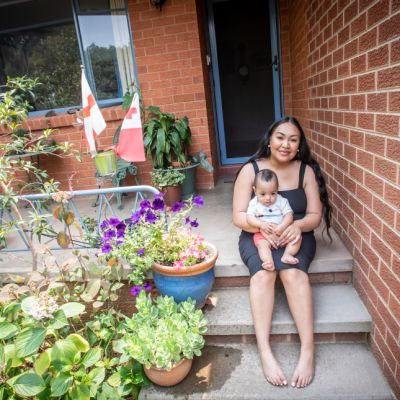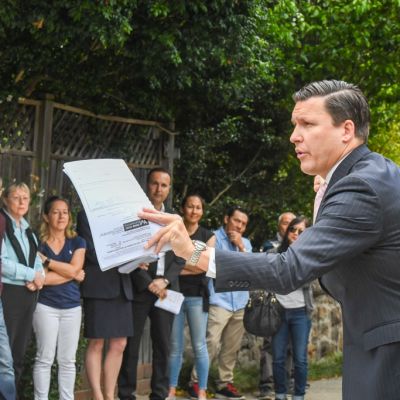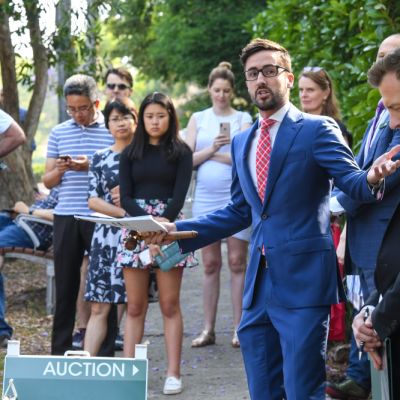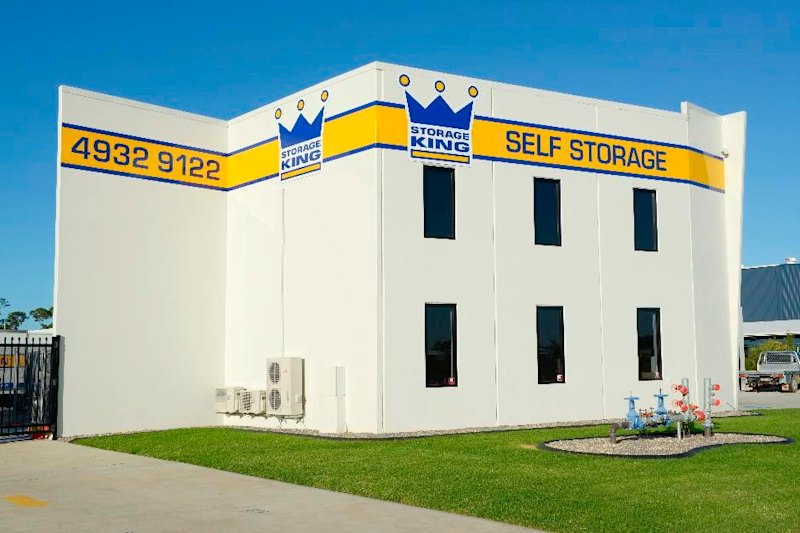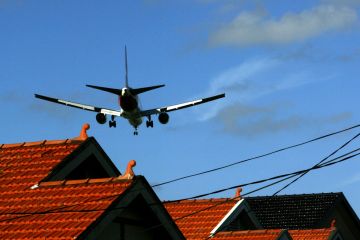Canberra median house price records steepest annual growth since late 2017
Canberrans are showing more confidence in the housing market as new data reveals the city’s house prices have rebounded in the final quarter of 2019.
According to the Domain House Price Report for the December quarter released on Thursday, Canberra had the second-highest growth out of all the capital cities up 7.3 per cent to $788,621. This represented an increase of 5.4 per cent year-on-year.
Domain senior research analyst Dr Nicola Powell said the December quarter tends to be the strongest in terms of performance.
In particular, Canberra’s quarterly uptake was the steepest annual growth since the end of 2017.
“Historically, Canberra always provides sustainable house price growth for home owners, and it does tend to avoid these big price swings that we see in Sydney and Melbourne, as a comparison,” she said.
“We’ve seen interest rates cut three times last year, and we’ve seen a relaxing of lending standards, which means that borrowing is cheaper, mortgages are cheaper and allow many to borrow more.
“I think that has helped to bolster some activity in the Canberra market and ultimately help drive that price growth.”
On a district level, Greater Queanbeyan led the pack as a strong contender in the housing market with a quarterly and yearly growth of 3 per cent and 5.7 per cent, respectively, to $602,500.
Ian McNamee and Partners Queanbeyan director Darren Bennett said people are moving from the capital to the town because of its affordability and proximity to its town centre.
But with the increase in median house prices, Bennett noted that “there is limited stock and a lot of people coming in, including first-home buyers”.
Queanbeyan resident Sian Rinaldi and her partner said they have been looking to buy a second property since October and realised that it had become more challenging as more people moved to the region from the ACT.
Initially, when the couple were looking to buy their first home, they had been priced out of Canberra.
“We wanted somewhere close to the city, not too far a drive or walk … if you’re living right near the city centre, you’d be paying crazy prices,” she said.
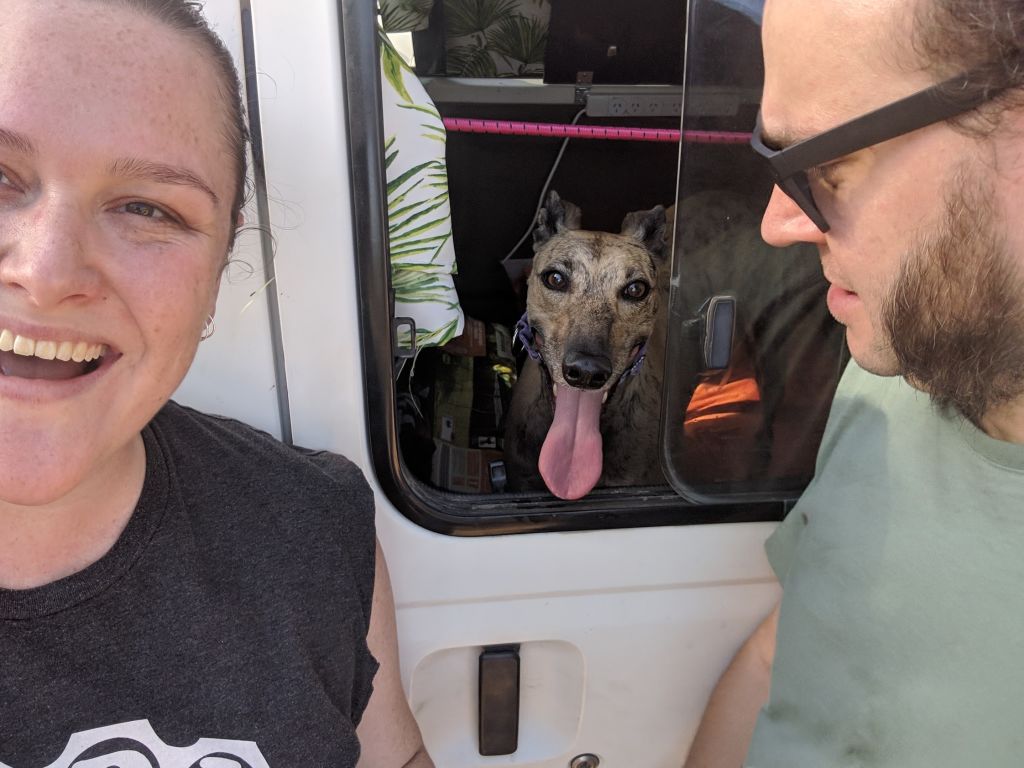
Rinaldi said she searched for properties in the ACT and close to the CBD, but with a $500,000 budget and a three-bedroom property in mind, she could only afford to a place in the south of Canberra.
“But the Queanbeyan council has done amazing work to improve the township with new walking paths, a caravan park, hosting the Queanbeyan Christmas Street Party and the Symphony by the River, which has become quite popular,” she said.
“The town just gets bigger by the year with more people moving to Queanbeyan, which makes it more difficult and more competitive to buy a house here.”
Dr Powell echoed Rinaldi’s comments, adding that houses in Greater Queanbeyan have “much greater value”.
“Greater Queanbeyan is one of the cheapest areas to purchase when you compare it to the regions across the ACT,” she said.
“We have seen a number of people hop over the border and use those lower prices. I think that the NSW first-home buyer incentives were attractive for first-home buyers, helping people get onto the property ladder.
“On the lower end of the price spectrum in Greater Queanbeyan, you can buy a free-standing house [and] the block is going to be much larger than what you could purchase for the same amount in the ACT.”
Coming in second place for house price growth was Tuggeranong, with a yearly increase of 2.6 per cent to $595,000.
Weston Creek rounds out top three with 2.3 per cent yearly growth to $716,000.
In the unit market, Canberra’s median prices remained stagnant over the year with a 0.1 per cent growth to $455,537, up 4 per cent over the last quarter.
Contrary to its positive housing market, the region that led the decline in unit prices was Greater Queanbeyan, with a dip of 4.5 per cent year-on-year to $255,000.
“I think the difference in units is that the products on offer in greater Queanbeyan are older stock. Whereas in Canberra, there are high levels of development,” Dr Powell said.
Inner North, Woden and Weston Creek also recorded a year-on-year decline of 2.5 per cent, 2.2 per cent and 1.2 per cent, respectively.
“Buyers now have a variety of options across the Canberra regions in terms of units they can purchase. It’s closer to the city, amenities and I think that’s probably why some of these regions in the ACT are doing much better than Greater Queanbeyan,” she said.
The region which recorded the most unit growth was the Inner South, up 4 per cent to $520,000.
“Canberra unit prices grew over the quarter following a number of quarterly declines. Values are holding steady over the year. Although the unit market has underperformed compared to houses,” Dr Powell added.
We recommend
We thought you might like
States
Capital Cities
Capital Cities - Rentals
Popular Areas
Allhomes
More
